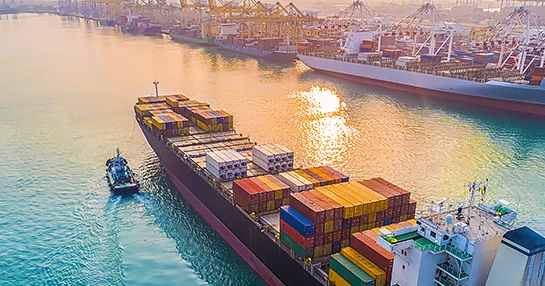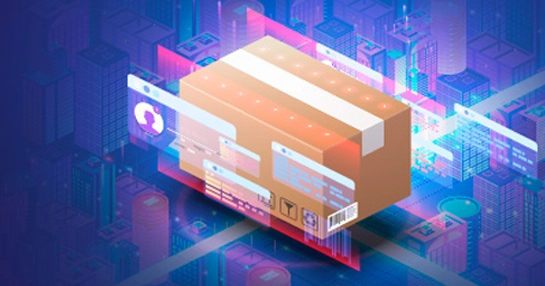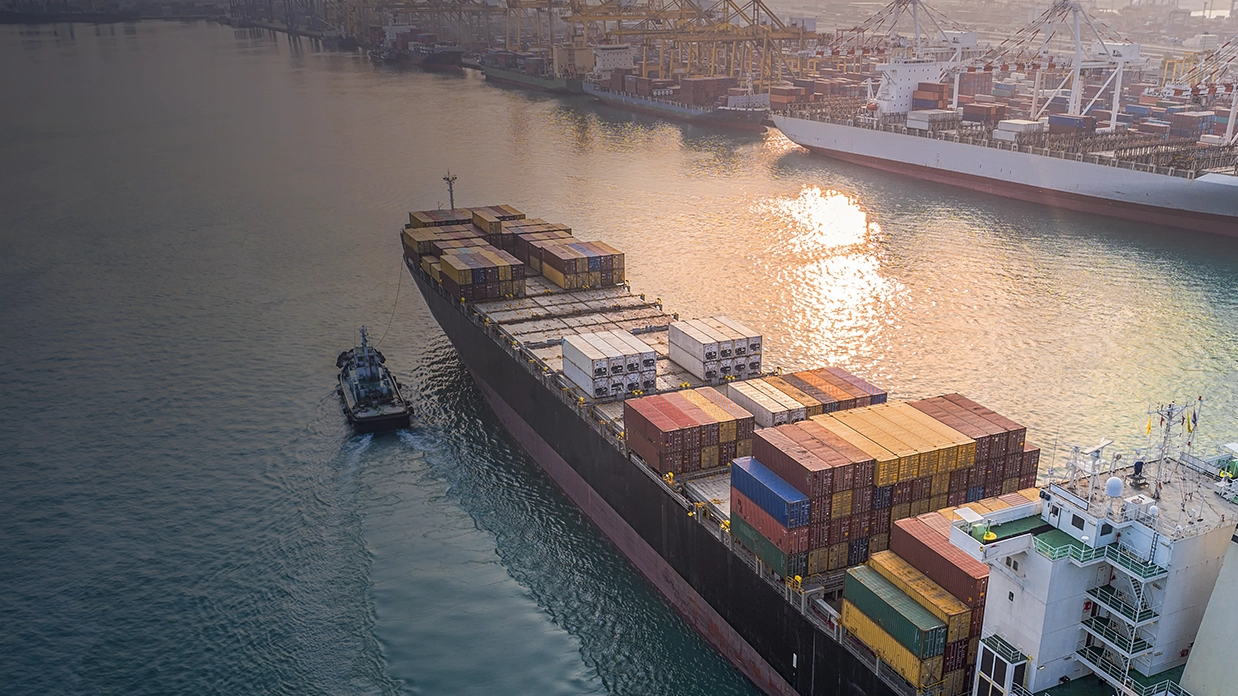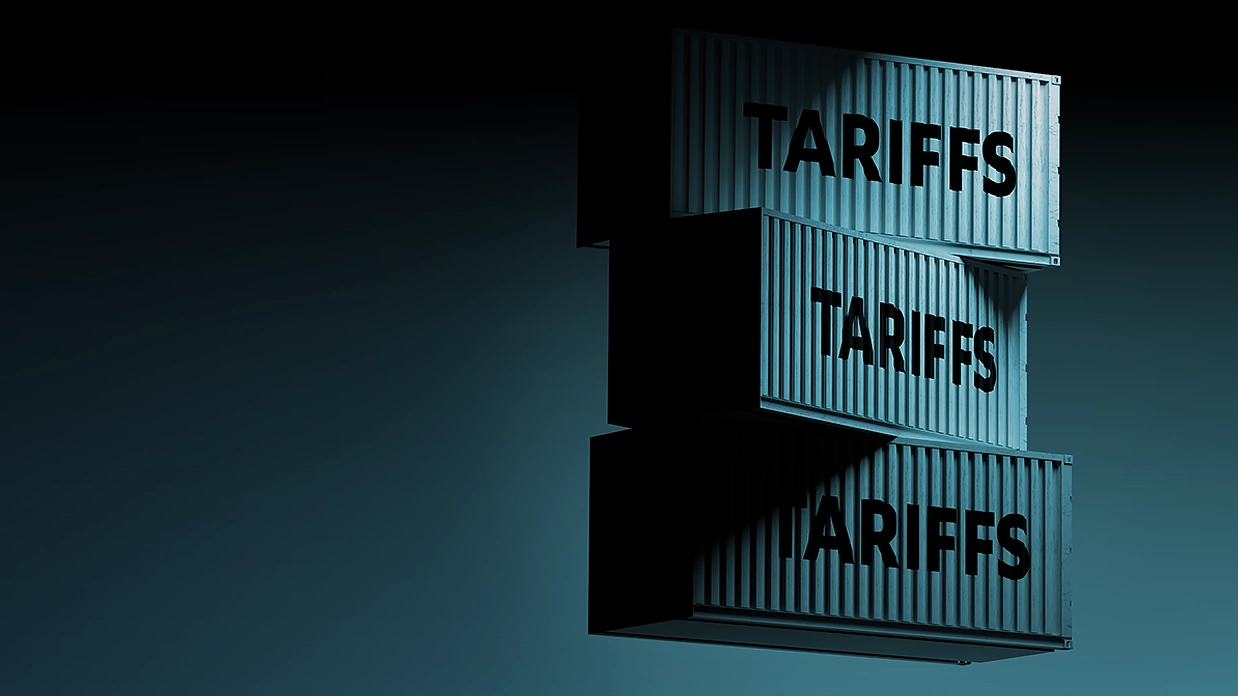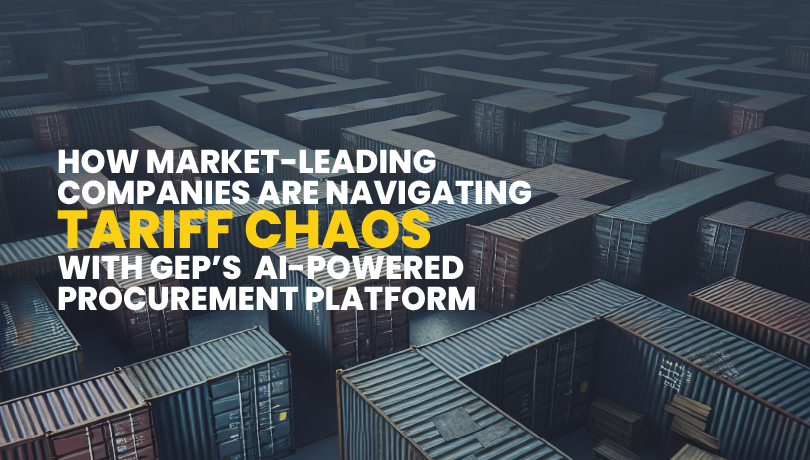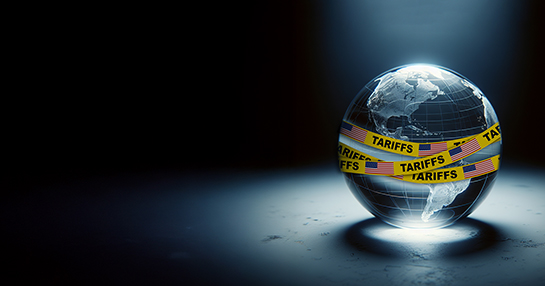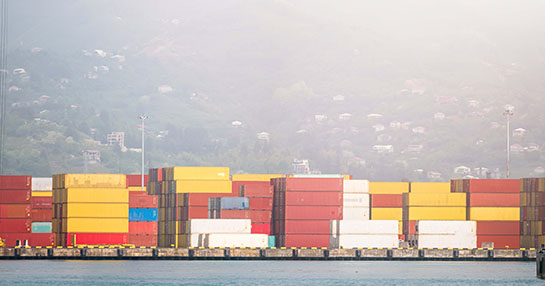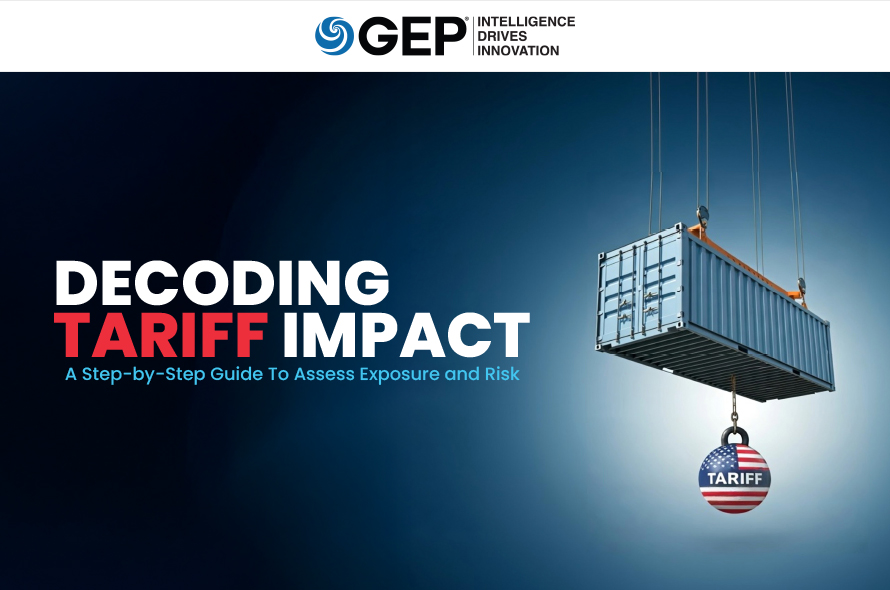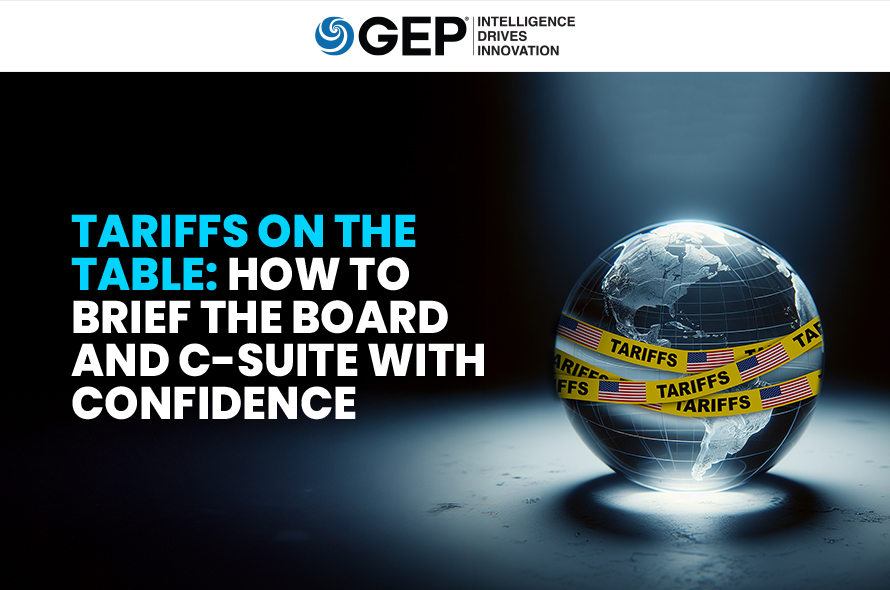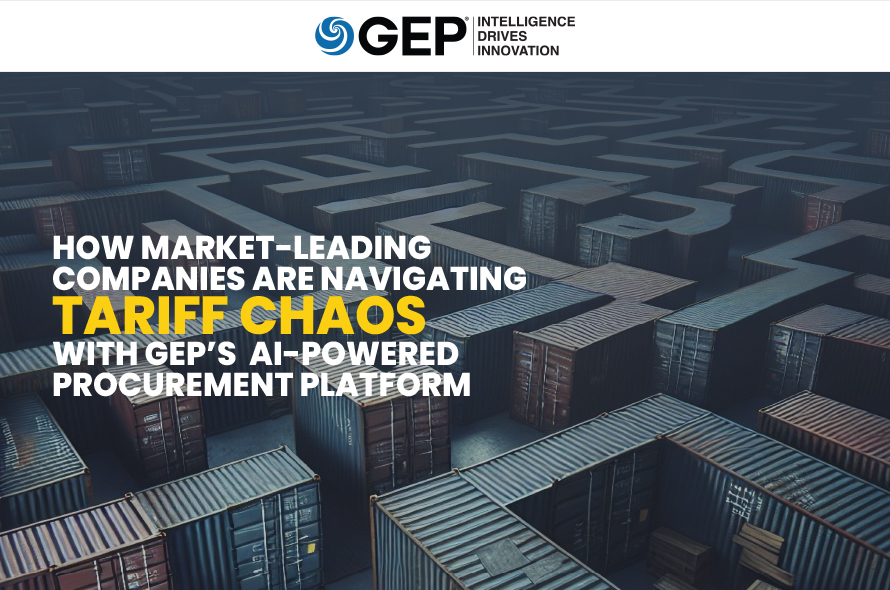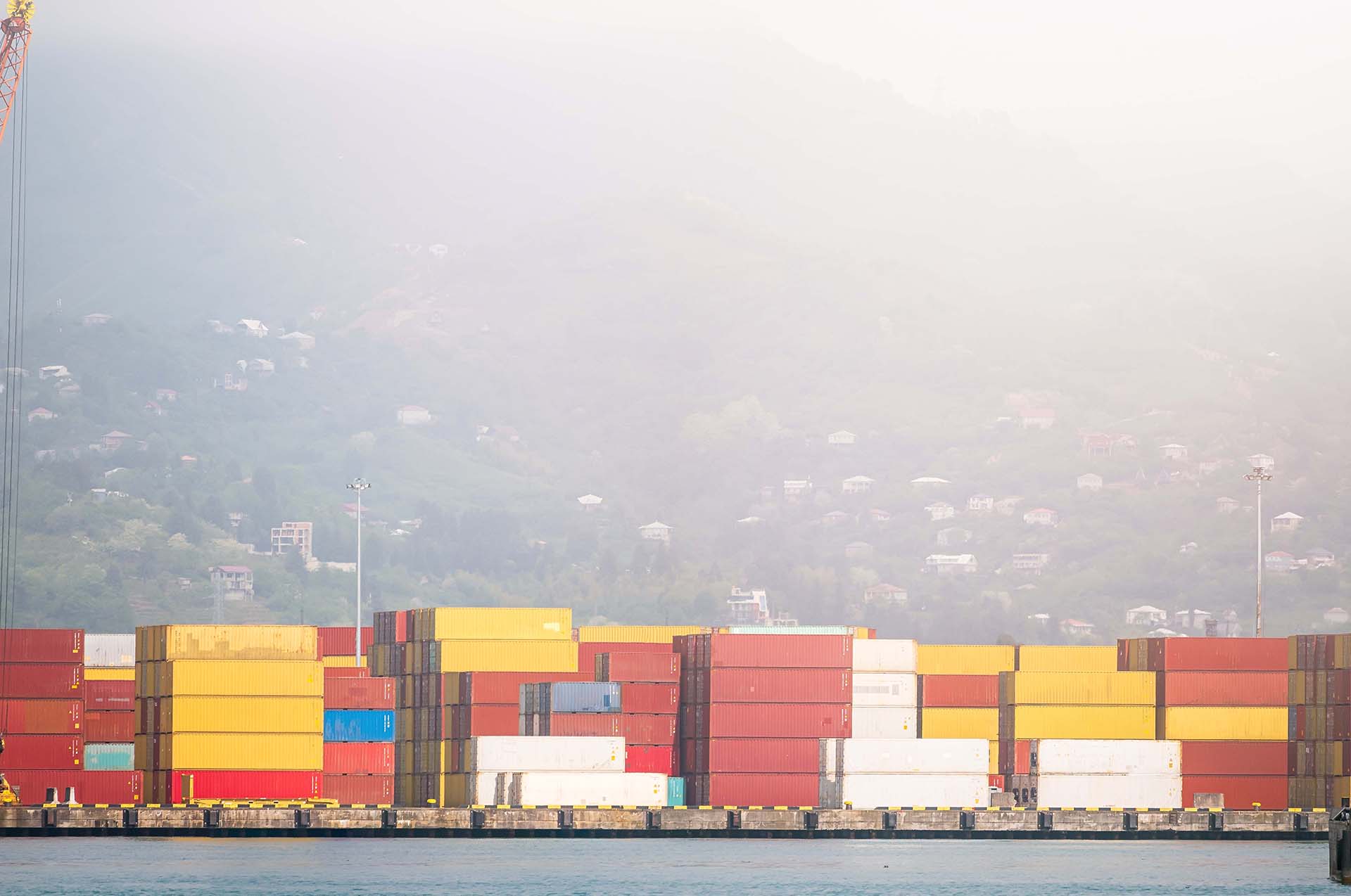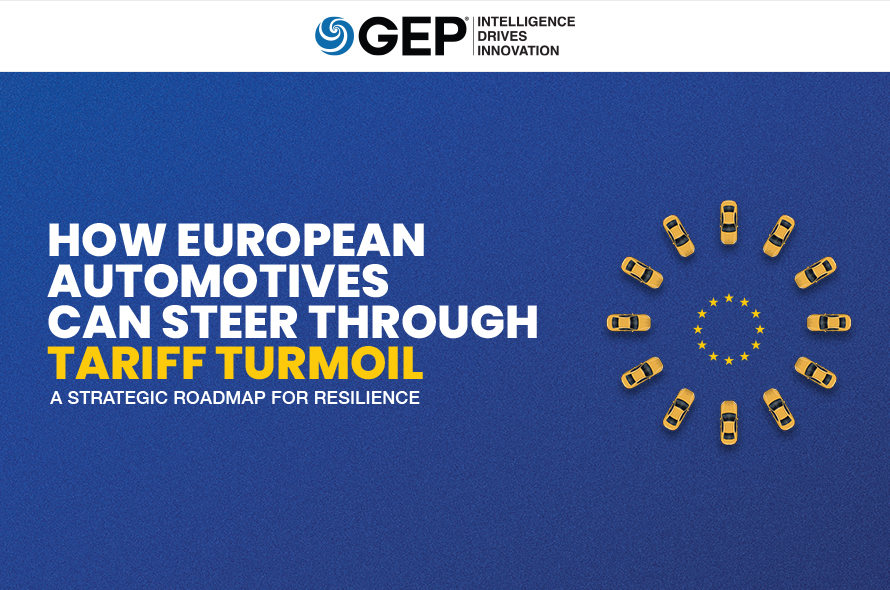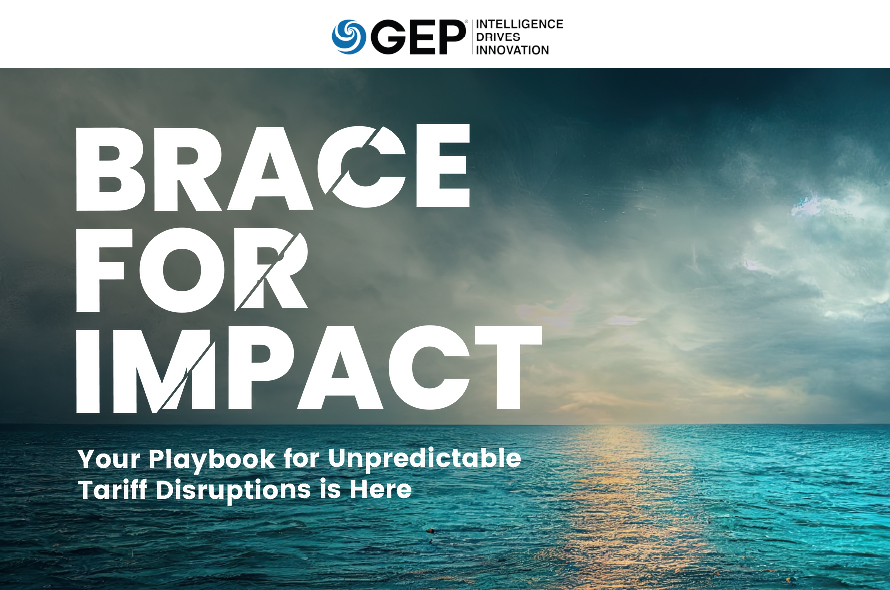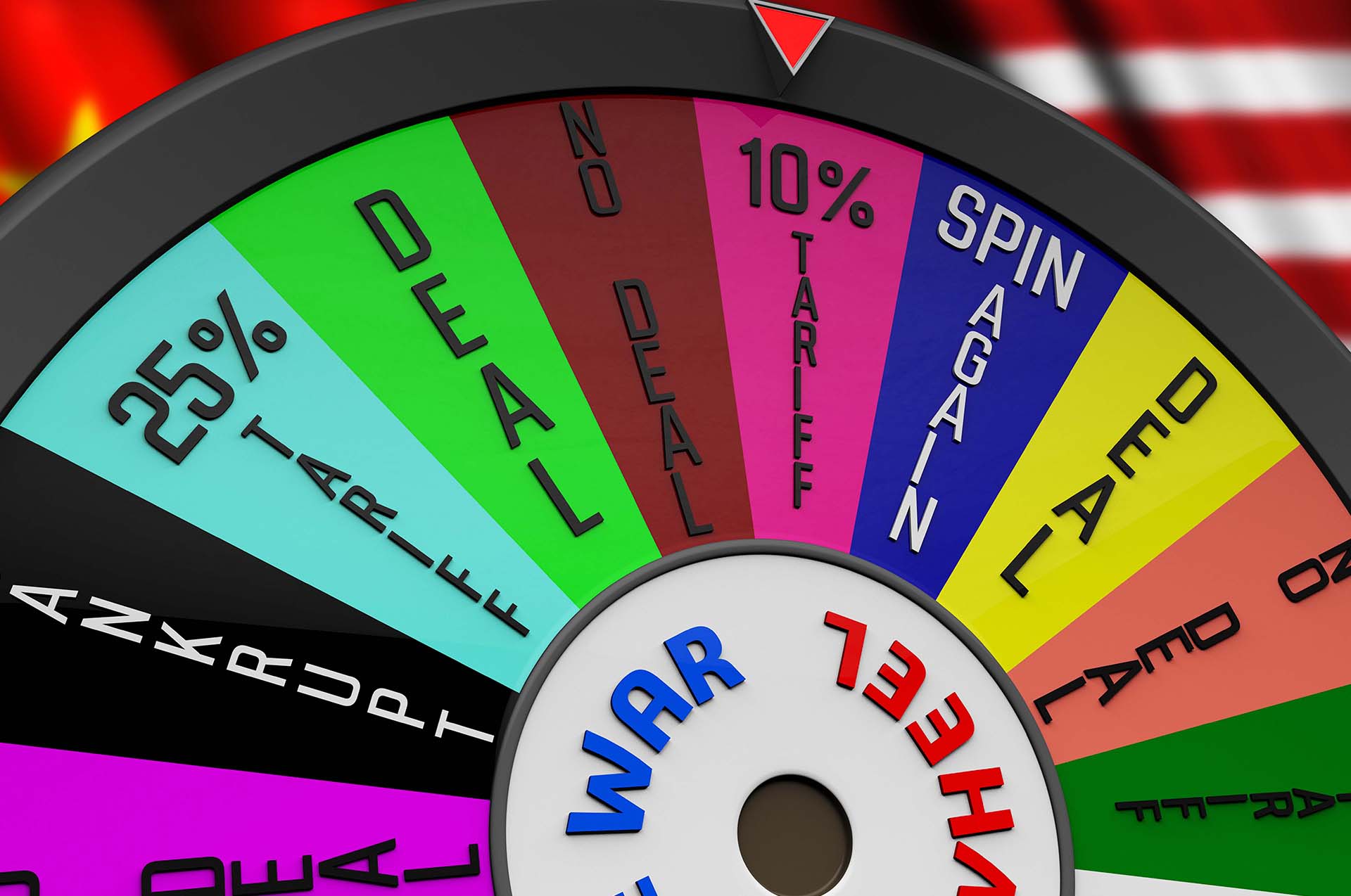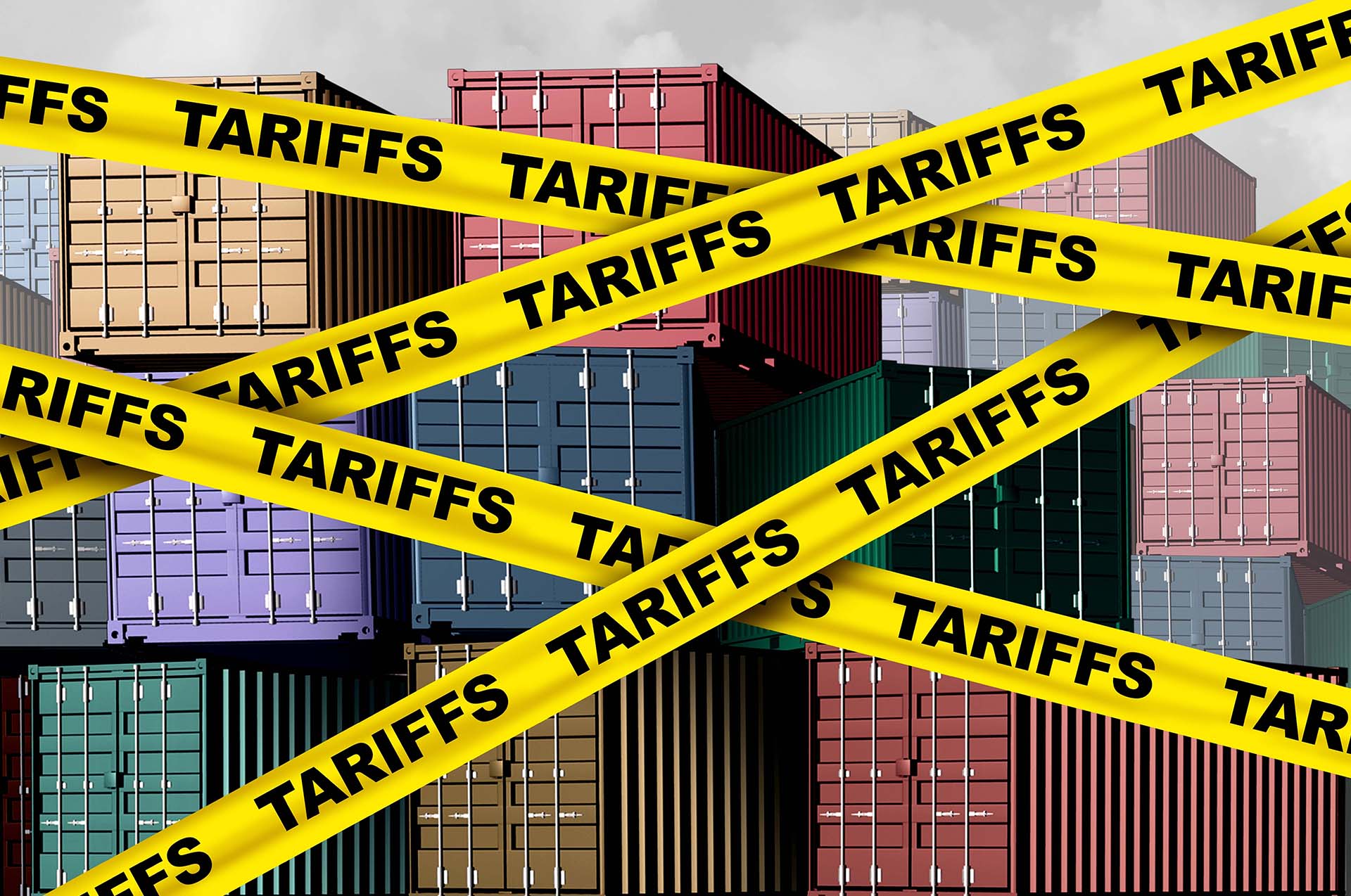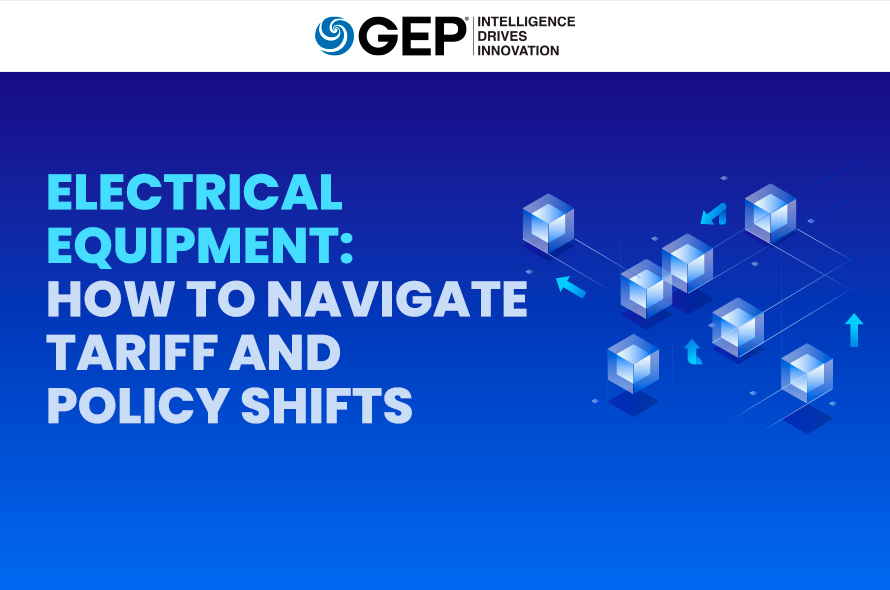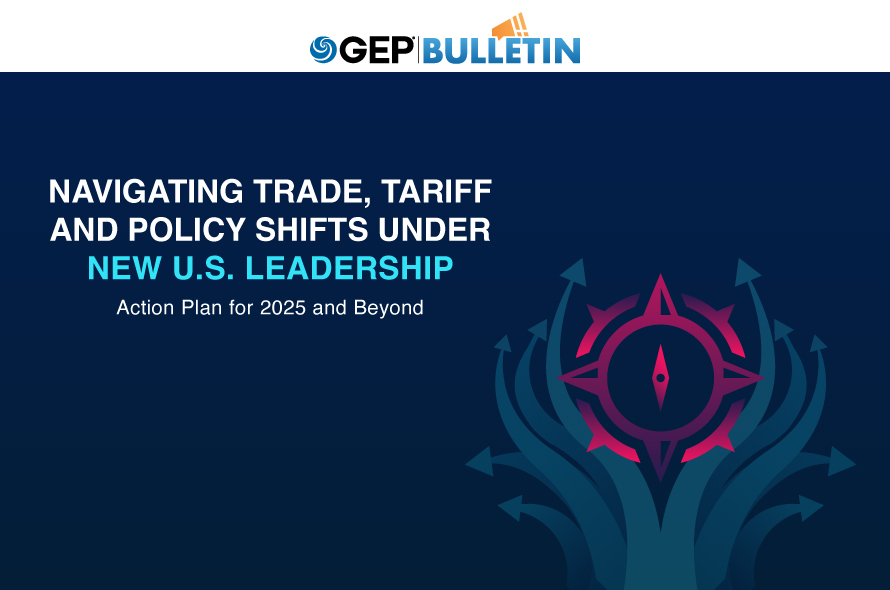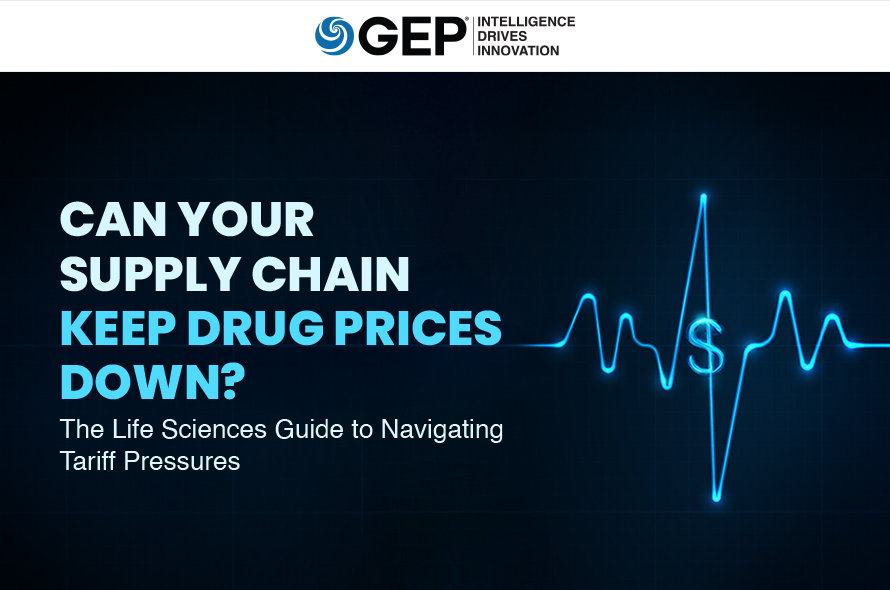Tariffs are reshaping global trade, creating major challenges for supply chains, profitability and operations. With President Trump’s trade policies back in focus, businesses must act decisively to mitigate risks, protect margins and maintain business continuity.
At GEP, we help companies develop resilient, future-ready supply chains by leveraging strategic sourcing, contract optimization and AI-powered scenario planning. This resource center offers expert insights, actionable strategies and the latest updates on tariffs’ worldwide impact to stay ahead of trade disruptions.
Global Supply Chain Slows Down as U.S. Factory Purchases Dip
The latest GEP Global Supply Chain Volatility Index shows a slowdown in worldwide supply chain activity due to a sharp drop in U.S. factory purchasing in July.
Our Latest Thinking on Navigating Tariffs
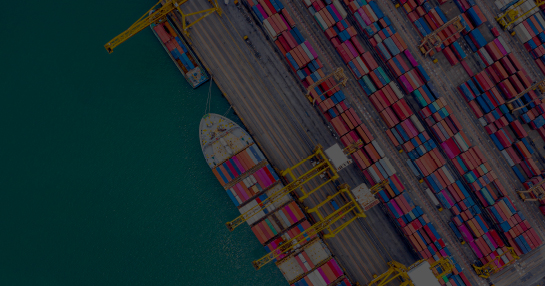
How To Reconfigure Your Supply Chain in a High-Tariff World
GEP’s Tariff Response Management Solutions
Tariff volatility is reshaping global trade, driving cost spikes across raw materials, components, and infrastructure inputs. For procurement and sourcing leaders, this is a defining moment — one that demands speed, intelligence, and decisive action. GEP combines strategic consulting, AI-powered tools, and deep procurement and supply chain expertise to help global enterprises mitigate tariff shocks and stay resilient.
Our Approach
Tariffs are unpredictable, but your response doesn't have to be. We help you cut through the noise with real-time, AI-powered intelligence and a clear view of your exposure across suppliers, categories, and regions, so you can make informed decisions, quickly.
With GEP, you'll move from insight to execution with confidence. We work with you to determine the right tariff response strategy. That might mean shifting suppliers, restructuring contracts, or tapping into trade agreements or deep product cost cut measures to offset cost and risk. Every decision is shaped by your strategic priorities — whether that’s protecting margins, defending market share, delivering greater value to customers, or meeting shareholder expectations.
With our deep category expertise (across direct and indirect categories), industry knowledge and global reach, we help you manage tariff volatility, protect margins, and stay prepared for whatever comes next.
Our Tariff Management Solutions
ASSESS
Quickly gauge your exposure and get actionable insights:
- Tariff heat maps by category, region, or supplier
- Margin impact dashboard
- Alternate sourcing options
- Tariff AI agent for real-time updates
- Rapid setup of dedicated “war rooms” to monitor disruption
OPTIMIZE
Proactively realign spend and protect value:
- Buy-hold-sell analysis and pricing strategy
- Portfolio and product cost teardown
- Design-to-optimize initiatives
- Innovation Hub to explore alternative materials and methods
CONTROL
Contain and manage cost escalation with precision:
- U.S. manufacturing and footprint strategy support
- Inventory strategy and forward-buying guidance
- Rapid cost modeling and should-cost analysis
- Contract negotiation and tariff clause management
ENHANCE & ENSURE
Drive sustainable margin protection and execution:
- Margin enhancement via portfolio restructuring
- End-to-end implementation support
- Contracting and supplier collaboration to share cost burden
- Ongoing compliance, documentation, and monitoring
Why GEP
GEP is the global leader in procurement and supply chain solutions, trusted by Fortune 500 and Global 2000 companies across 110+ countries for improving agility, resilience and performance.
Comprehensive Category Expertise: GEP has deep expertise across a wide range of direct and indirect procurement categories. In direct procurement, we specialize in areas such as raw materials, components, and capital equipment. For indirect procurement, our expertise spans categories including IT services, marketing, facilities management, and professional services.
AI-Powered Insights
Make smarter decisions faster with advanced forecasting, scenario planning, and real-time analytics. GEP’s AI-powered platform connects source-to-pay and supply chain collaboration in one integrated ecosystem, giving you full visibility and control
Industry-Specific Solutions: Our teams have extensive experience across various industries, enabling us to tailor procurement strategies that address unique industry challenges and opportunities.
Global Presence and Reach: With a presence in over 25 countries across North America, Europe, Asia-Pacific, The Middle East and Africa, GEP combines local market knowledge with global insights to deliver procurement solutions that are both regionally relevant and globally integrated.
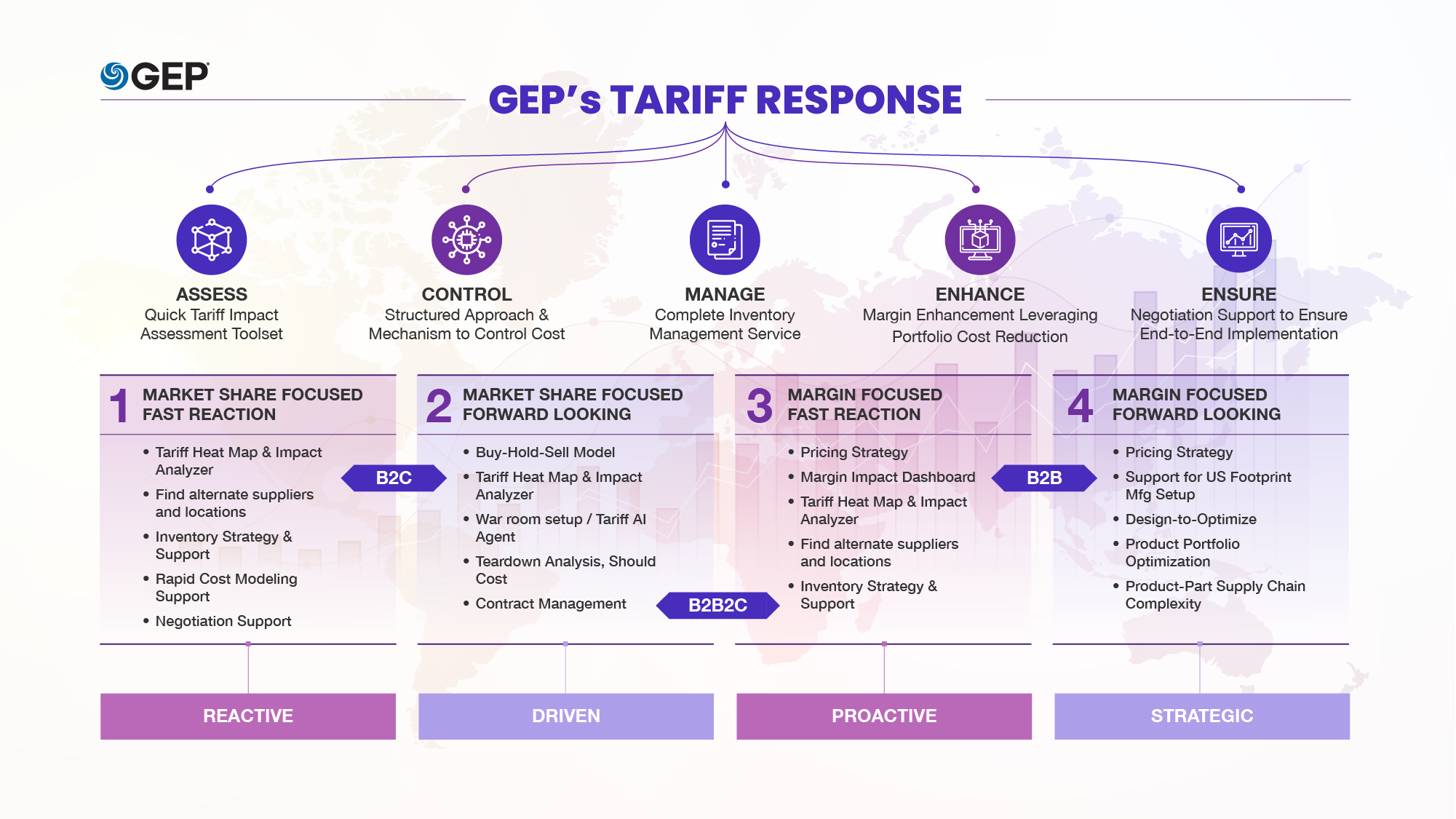
Protect Your Supply Chain from Tariff Disruptions
Businesses that fail to adapt to shifting trade policies risk higher costs, supply chain bottlenecks and financial uncertainty. GEP equips enterprises with strategic insights, AI-driven risk modeling and innovative sourcing solutions to navigate tariff volatility with confidence. Need to diversify suppliers, restructure contracts or optimize cross-border operations? Talk to us today and start safeguarding your supply chain.

FAQ
Tariffs increase the cost of imported goods, raw materials, and components, disrupting supply chain operations and squeezing profit margins. They can also create unpredictability, forcing companies to rethink sourcing strategies and regional supply chain diversification.
GEP advises companies to :
- Increase supply chain flexibility by adopting a “China-Plus-One” strategy and diversifying sourcing beyond a single region.
- Outsource supply chain financing and operations to minimize financial risk and streamline procurement.
- Embed tariff contingencies into supplier contracts and cost models to prevent unexpected cost escalations.
- Enhance scenario planning to anticipate disruptions and mitigate their impact.
GEP provides tailored supply chain consulting, procurement outsourcing and AI-driven analytics to help companies proactively respond to tariff risks. Our expertise includes:
- Identifying alternative suppliers and regions to mitigate dependency risks.
- Structuring contingency plans into supplier contracts to adjust pricing based on tariff fluctuations.
- Leveraging supply chain financing to transfer financial risk and improve cash flow.
- Utilizing predictive analytics to develop "what-if" scenarios and model the impact of potential trade disruptions.
GEP works with global companies across manufacturing, automotive, pharmaceuticals, semiconductors, technology, financial services, service industries and others to design tariff-proof supply chain strategies and improve resilience.
Companies should build agile supply chains that can quickly adjust to policy shifts by:
- Developing multiregion sourcing networks to avoid over-reliance on a single country or region.
- Strengthening supplier collaboration to improve pricing flexibility.
- Investing in real-time visibility tools to track trade policy changes and supply chain risks.





